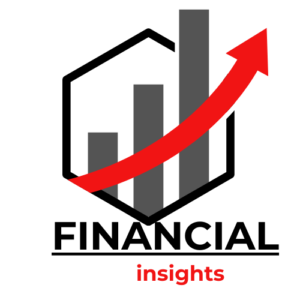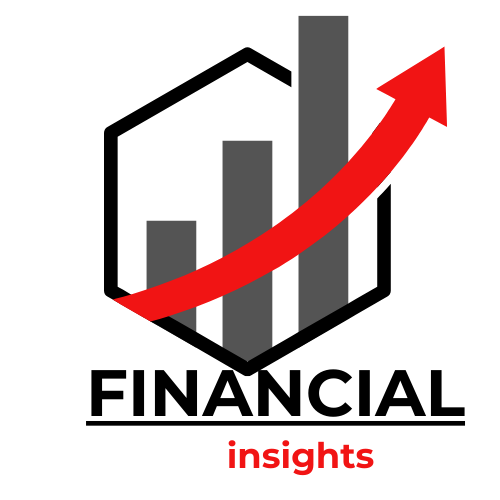Have you ever wondered where your money goes at the end of each month? Tracking your spending can feel like a daunting task, but it’s one of the best ways to take control of your financial health. Whether you’re trying to save for a vacation, pay off debt, or simply understand your habits better, knowing how to categorize expenses is key. You might not realize it yet, but those little purchases add up quickly! By tracking just one day’s worth of spending and categorizing every expense, you’ll uncover valuable insights into your lifestyle and finances. Ready to embark on this eye-opening journey? Let’s dive in!
The Importance of Tracking Your Spending
Tracking your spending is a powerful tool for financial empowerment. It’s like having a magnifying glass over your daily habits. You start to see the patterns and trends that might otherwise go unnoticed.
When you keep tabs on your expenses, you gain clarity about where your money flows. This awareness can ignite motivation to change spending behaviors that don’t serve your goals.
Moreover, understanding how much you’re spending allows for better budgeting. You can allocate funds more effectively and prioritize what truly matters in your life.
Many people find it surprising how small purchases accumulate into significant amounts over time. A few extra coffees or impulse buys here and there can derail even the best-planned budgets.
Tracking expenses fosters accountability, giving you control over financial decisions instead of letting them be dictated by chance or habit.
How to Track Your Spending
Tracking your spending can be straightforward. Start by carrying a notebook or use an app on your phone. Write down every purchase, no matter how small. This habit will make you more aware of where your money goes.
For those who prefer technology, consider using expense tracking software like QuickBooks. It simplifies the process and categorizes expenses automatically. You can easily categorize business expenses or personal ones with just a few taps.
If spreadsheets are more your style, create a simple Excel sheet to log daily expenditures. Just add columns for date, amount, category, and notes about each transaction.
Regularly reviewing this data helps identify patterns in spending habits that might surprise you. Remember to check weekly; this keeps you accountable and informed about financial health over time.
Categorizing Expenses: Fixed vs Variable
When it comes to managing your finances, understanding the difference between fixed and variable expenses is crucial. Fixed expenses remain constant each month. Think rent, mortgage payments, or insurance premiums. These costs are predictable and essential for budgeting.
On the other hand, variable expenses fluctuate from month to month. This category includes groceries, entertainment, and dining out. They can vary widely based on lifestyle choices or seasonal changes.
Recognizing these differences helps you prioritize spending. By categorizing fixed expenses first, you ensure that necessary bills are covered every month before addressing discretionary purchases.
This approach allows for better financial planning while also identifying areas where adjustments can be made easily in your budget without sacrificing essentials. Understanding how to classify your expenditures leads to more informed decisions about cutting back when needed.
Common Categories of Expenses
When tracking your spending, organizing expenses into common categories is essential. This helps you identify where your money goes each month.
First, there are **fixed expenses** like rent or mortgage payments. These costs remain constant and can be planned for easily.
Next come **variable expenses**, which fluctuate from month to month. Think groceries, entertainment, and dining out—these can vary widely based on lifestyle choices.
Another important category is **debt repayment**. Credit card bills or student loans fall here and should not be overlooked in any financial plan.
Don’t forget about **savings**. Setting aside a portion for emergencies or retirement is crucial for long-term financial health.
By categorizing these expenses effectively, you gain better insight into your overall spending habits and areas where adjustments may be needed.
Tips for Reducing Spending in Each Category
Start by reviewing your fixed expenses. For subscriptions or services you rarely use, consider canceling them. Switching to a cheaper plan can also save money without sacrificing too much.
Next, tackle variable expenses like groceries and dining out. Create a meal plan for the week to avoid impulse buys at the supermarket. When eating out, limit how often you treat yourself and choose budget-friendly restaurants.
For entertainment costs, look for free local events or explore community resources that offer activities without a price tag.
Transportation is another area for savings. Carpool with friends or opt for public transit when possible.
Be mindful of your discretionary spending on items like clothes and gadgets. Set monthly limits and stick to them, only buying what truly adds value to your life.
Tools and Apps for Easy Expense Tracking
In today’s digital age, managing your finances is easier than ever with the right tools and apps. Solutions like QuickBooks Online allow you to categorize expenses seamlessly, helping you keep track of both personal and business spending.
For those who prefer a more visual approach, platforms like Mint offer intuitive dashboards that give insights into where your money goes. You can link bank accounts for automatic updates, minimizing manual entry.
Another option is Expensify, particularly useful for frequent travelers. It enables users to scan receipts and automatically categorize expenses based on pre-set rules.
If you’re looking for simplicity in spreadsheets, Excel remains a reliable choice. Templates specifically designed to categorize expenses can streamline your tracking process without overwhelming features.
Consider mobile apps such as PocketGuard or YNAB (You Need A Budget). These not only help categorize but also encourage smarter budgeting habits while keeping everything organized at your fingertips.
Conclusion: The Impact of Tracking Your Spending on Financial Health
Tracking your spending is more than just a mundane task; it can be a transformative experience for your financial health. By monitoring where every dollar goes, you gain insight into your habits and make informed decisions about future expenses. This awareness allows you to identify unnecessary expenditures and prioritize what truly matters.
When you categorize expenses effectively—whether through QuickBooks or another tool—you create clarity in your financial picture. Understanding the difference between fixed and variable costs helps in creating effective budgets that cater to both necessities and personal goals.
The impact extends beyond mere numbers on a spreadsheet. It fosters discipline, encourages savings, and ultimately contributes to achieving long-term financial stability. Embracing this practice may take time initially, but the rewards become evident as you find yourself better equipped to navigate unexpected expenses while also enjoying life’s little luxuries guilt-free.
By investing effort into tracking and categorizing your expenses today, you’re laying down a solid foundation for tomorrow’s financial freedom—a step toward living within or below your means without sacrificing quality of life.


